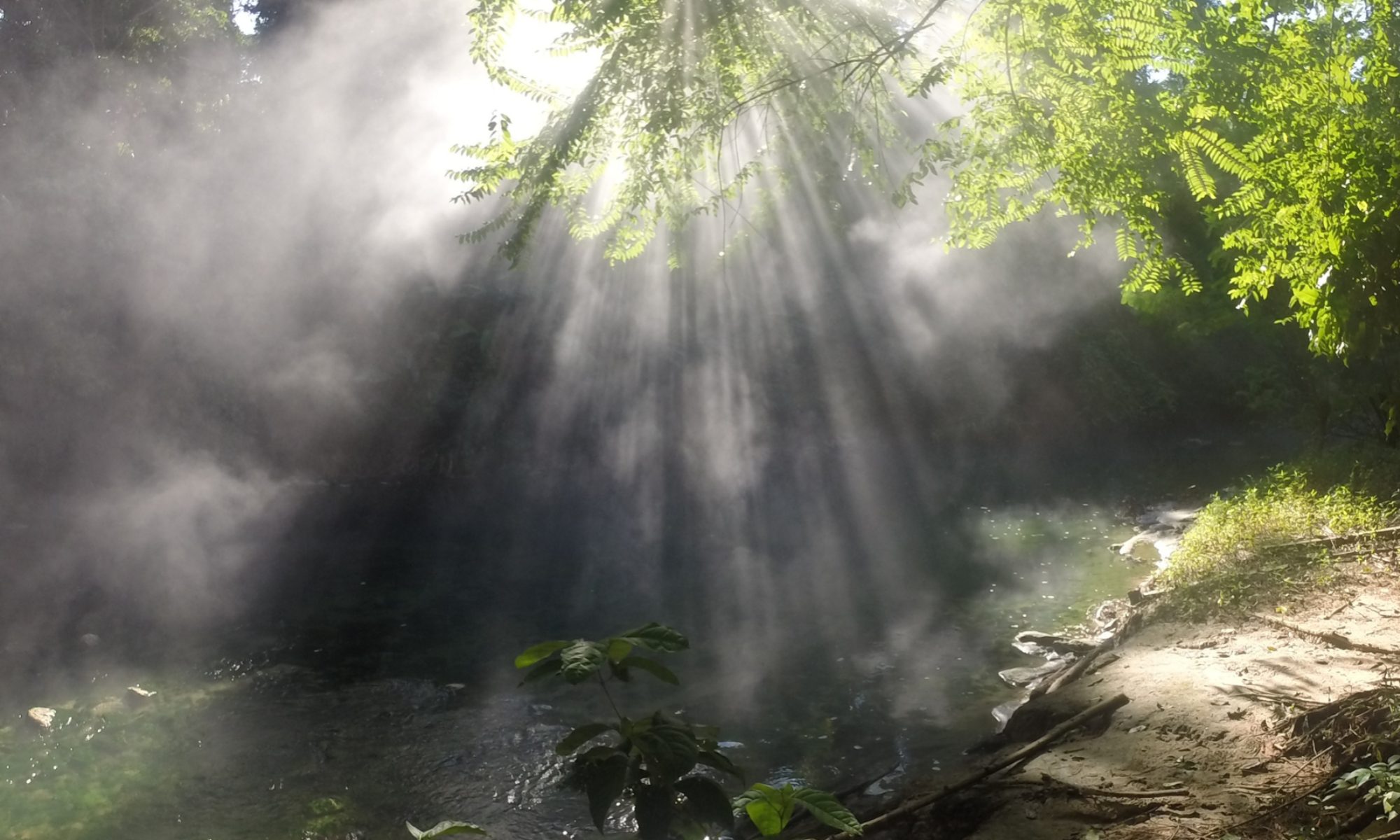
Santa Clara Archaeological Site
Five years ago, artefacts were discovered close by a river in the Santa Clara Shipibo-Conibo community lands in the Ucayali region of Peru. Since then, there has been large community efforts to excavate the site preserve the site despite many challenges and lack of regional support. Arkaea will collaborate with Santa Clara to conserve the field site and protect what artefacts are discovered going forward. Funding from our crowd-funder and 2022 Amazon Medicine Institute will contribute towards designing plans for a field station and building a strong fence with 24hr surveillance to protect the dig site.
Mysterious Origins
Amongst the many discoveries at Santa Clara are ancient human remains (bones) and pottery sherds, including a large nearly intact ceramic urn that may have been used for burial purposes. The origins of this site remains a mystery and is believed to be at least a thousand years old. There is evidence to suggest the presence of a unique undiscovered community not connected to the current indigenous occupants (neither Shipibo-conibo nor Cashibo-cacataibo). According to primary investigation, it is possible that the site represents the “first indigenous people who populated the Ucayali region”(Grandez). The urn is currently under protection of the Ministry of Culture and is being studied by an archeologist in Lima.

Santa Clara Pavilion
Since discovery of the site, there has been constant flooding in the wet season. We are in the process of collaborating with the Santa Clara community to create a secure zone to protect the area from interference. We also have been developing a plan for a possible building site on an adjacent vacant plot. This building, potentially a pavilion in form, will have a multi-purpose function of welcome/community centre and field station, including an observation tower for surveillance and exhibition and workshop space.


